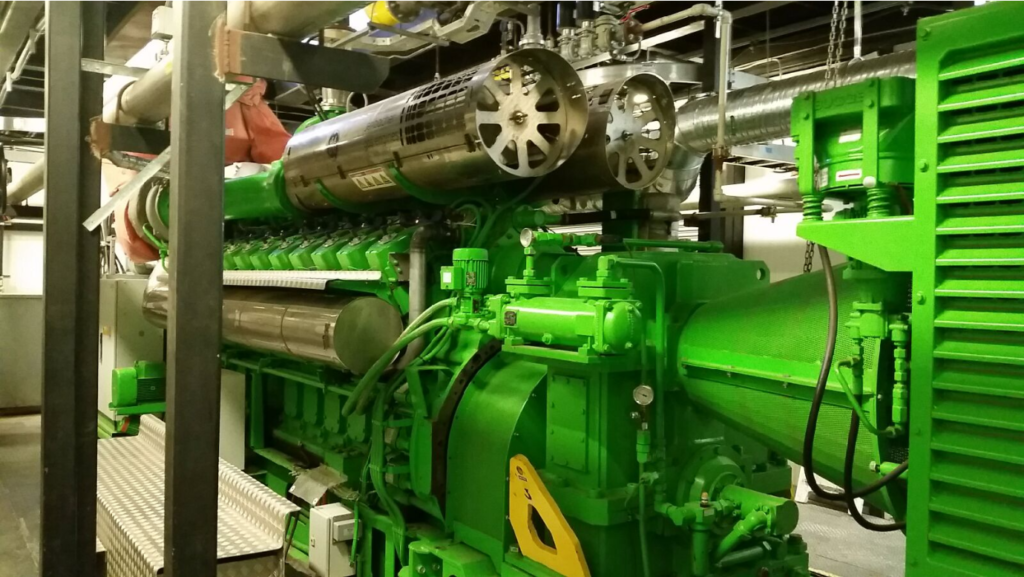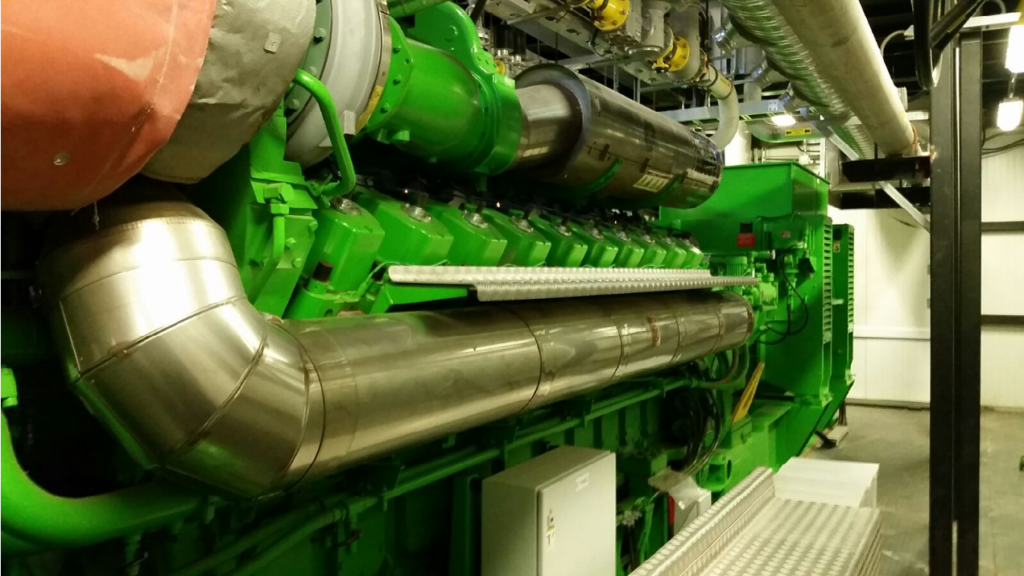The Art of BEP
August 14, 2017 4:16 pm Leave your thoughts
Nothing screams sustainability more than re-usable energy.
We here at Millar Western are extremely fortunate for the opportunity to build and run our very own bio-energy plant (BEP). After 3 tedious years of construction, our plant now has the ability to use the gasses that we produce to create some of our own power. I sat down with our production superintendent recently to ask a couple questions about the BEP. The project has a ton of moving parts, but I’m going to try my best to explain how it all works.
What does it do? – The BEP takes the mills effluent (which is just water that is pulled in from the McLeod River that gets run throughout the mill, It comes out warmer from the engines and with a trace amount of pulp fiber), which is then processed in order to split the solid waste from the usable gasses. The gasses are a product of micro-bacteria that eats away at the remaining pulp fiber left after the effluent is clarified. The gasses are then run through huge engines that create our own energy.
What is the maximum amount of power the engines can generate? – The two 20-clylinder engines can each use their 4200 horsepower engines to produce a maximum of 3.026 megawatts of power.
How does it work? – Like I said earlier, the system has a lot of moving parts and bypass routes, but I will try my best to explain the whole flow. The system basically has two separate flows, one for solid waste and one for gas, and as I will explain, can be considered a living organism.
-
The effluent comes from the mill and drains into the primary clarifier (basically a huge open-top water tank), which allows the solids to settle to the bottom. The solids (sludge) get evacuated from the clarifier and hauled away.
-
The now cleaner water travels to the dissolved air flotation tank (DAF), where air is pumped into the bottom of the tank, creating air bubbles that carry the smaller fibers and solids to the top where they overflow and get disposed of.
-
After that, the remaining effluent is pumped to the bottom of one of 3 anaerobic hybrid digester (AHD) tanks at a max flow of 14,112 liters/minute. The AHD tanks are each 10,000 m³. Anaerobic comes from the microorganisms that live in the tank and eat the remaining pulp fiber. They don’t need oxygen to survive, and when they eat fiber they create a combination of gasses (73% methane, 23.4% carbon dioxide, 2.6% hydrogen sulfide) much like how a cow creates methane gas.
The AHD tanks work very similarly to the DAF, where the remaining solids (digestate) float to the top and out of the tank.
-
The digestate that is excreted from the AHD flows into the mills bio basin, where more bio-organisms finish digesting the waste. This is the end of the solids loop, the rest of the equipment deals strictly with the gasses created in the process.
-
The gas from the AHD tanks is pumped into one of two scrubbers (a big tube that has ‘pucks’ on the inside that are roughly the size of a hockey puck but the look of honeycomb cereal) that ‘clean’ the gas into a composition (60% methane, 29% carbon dioxide, <1.5% oxygen, 50ppm hydrogen sulfide) that can be used as fuel for the engines. The scrubbers are considered aerobic because the organisms (that consume H2S) inside need oxygen to survive.
-
The biogas is then run through 2 biogas chillers that cool the gasses down to a useable temperature.
-
Lastly, the biogas can either be burned in one of the two massive engines alone, or with a combination of biogas and natural gas.
Note: The reason we try to reduce the H2S levels in the scrubbers is because while H2S is being burned it will create sulphur dioxide and sulfuric acid, which is extremely corrosive on equipment.
Once again, thanks to all the co-workers that I asked a million questions to. There is no way I would’ve figured this out on my own.
MM


